In the last two decades, China has aggressively asserted territorial claims across multiple regions, triggering concerns of an imminent conflict. From contentious borders with India to the disputed waters of the South China Sea and the sensitive Taiwan Strait, Chinese military activities have surged to unprecedented levels.
This heightened military activity is widely attributed to China’s remarkable economic growth, providing the necessary resources to modernize its armed forces. Under the stewardship of Chinese Communist Party leader and former President Hu Jintao, China’s ascent as a global economic powerhouse was propelled.
However, after Hu Jintao’s departure in 2012, his successor, Xi Jinping, articulated a vision known as the “Chinese Dream,” aiming to rejuvenate the nation and restore its historical glory.
While discussions about potential Chinese military actions often center around Taiwan, a significant revelation emerged back in 2013 from China News Service, the second-largest state-run media outlet in the People’s Republic of China.
In a piece titled “Six Wars China is Sure to Fight in the Next 50 Years,” the article hinted at China’s determination to reclaim territories lost during the Opium War of 1840-42, reflecting a sense of historical grievance and a desire for restoration.
The People’s Liberation Army (PLA) perceived it as part of a broader strategy to boost morale domestically and serve as a warning to foreign powers attempting to curb China’s ambitions.
Moreover, in the same year, a controversial Chinese propaganda film titled “Silent Contest” surfaced on both domestic and international platforms. Despite its subsequent removal from Chinese websites without an official explanation, the film’s message endured through various iterations on platforms like YouTube.
“Silent Contest” depicted the United States as a scheming adversary, employing tactics ranging from political subversion to cultural infiltration to undermine China’s stability and sovereignty.
The convergence of these factors, alongside China’s ambitions to establish itself as a global power, has led many experts within the country to speculate about the likelihood of future warfare.
The article published by the state-affiliated media outlet delineates the six ‘inevitable’ conflicts as proposed in the title, arranging them chronologically to illustrate their anticipated sequence of occurrence.
Six Wars China Is Sure To Fight In Next 50 Years
The Unification Of Taiwan (2020–2025)
The article suggests that despite the stability between the two sides of the Taiwan Strait, any hope for a peaceful resolution of unification from the Taiwan administration, whether it’s the Chinese Nationalist Party or the Democratic Progressive Party, is unrealistic.
The pursuit of peaceful unification does not align with Taiwan’s interests, especially during election periods. According to the author, Taiwan’s strategy is to maintain the status quo, which benefits both political parties by providing them with more leverage in negotiations.
Taiwan’s talk of “independence” is more rhetoric than a formal declaration, while “unification” is treated as a negotiation point rather than a serious action. This situation creates anxiety for China as it perceives Taiwan as an opportunity for others to extract concessions from China.
The author of the China News piece proposed holding a referendum in Taiwan by 2020 to vote on peaceful unification or unification by force, anticipating that the outcome will likely be war. To prepare for unification, China must make preparations three to five years in advance so that when the time comes, the government can act decisively on either option.
He added that based on the analysis of the current situation, Taiwan is expected to resist unification, making military action the only viable solution. This prospective war of unification would be the first modern warfare experienced by “New China” since its establishment.
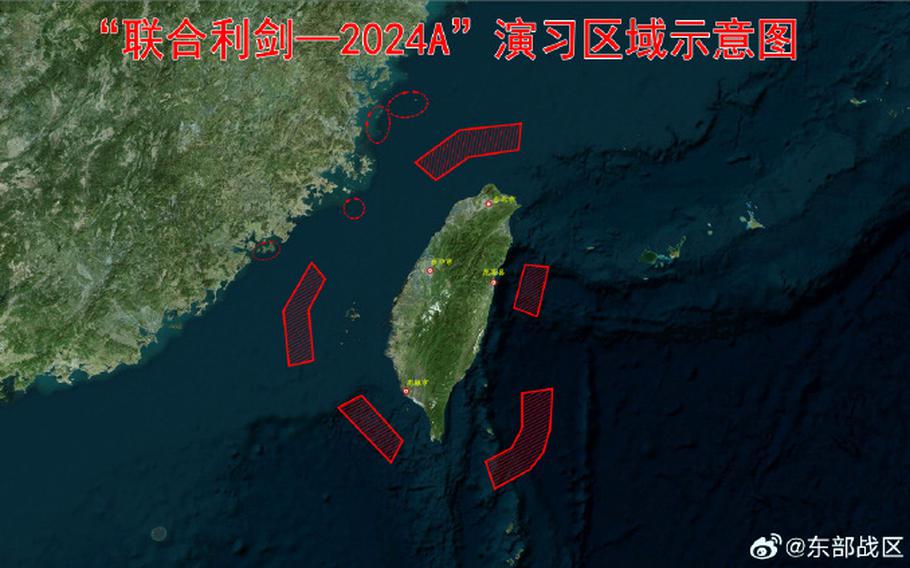
China anticipates victory in this conflict, depending on the extent of intervention from the US and Japan. In the event of a US attack on Mainland China, Beijing plans to respond with “total war” and believes it can defeat Taiwan and its allies within six months.
The article further emphasized that if the US refrains from intervening, China can achieve a total victory within three months.
While the timeline may not precisely align, the Chinese military has significantly increased its presence near Taiwan in recent years. US officials have continuously suggested the possibility of a Chinese invasion of Taiwan by 2027.
Currently, China is conducting military drills around Taiwan, which it called a “strong punishment” following the inauguration of President Lai Ching-te, whom Beijing disapproves of. Lai’s party advocates for Taiwan’s separate status from China, and in his inaugural speech, he vowed to safeguard Taiwan’s democracy from Chinese pressure.
🚨Update: Chinese State TV declares that China will reclaim Taiwan! Prepares Chinese public for coming war and possible political sanctions and isolation!!pic.twitter.com/q1tfLLv0tK
— US Civil Defense News (@CaptCoronado) May 24, 2024
Recover South China Sea Islands (2025–2030)
Chinese strategists perceive the forced reunification of Taiwan as a demonstration of the PRC’s unwavering determination to assert its territorial claims, serving as a warning to other regional actors.
Following a two-year recuperation period after the Taiwan War, China anticipates Vietnam and the Philippines adopting a cautious stance at the negotiation table, preferring observation over aggression.
China will offer countries with territorial disputes, such as Vietnam and the Philippines, the option of retaining their investments in the Spratlys. However, failure to comply will result in the forcible seizure by the Chinese military.
Despite anticipating that its victory in the Taiwan War would dissuade overt confrontation from the US, China acknowledges secret American support for the Philippines and Vietnam, including arms, training, and financial aid.
Among the countries in the region, only the Philippines and Vietnam are perceived as bold enough to challenge China’s dominance. China plans to initiate an attack on Vietnam first, aiming to instill fear in other Pacific nations.
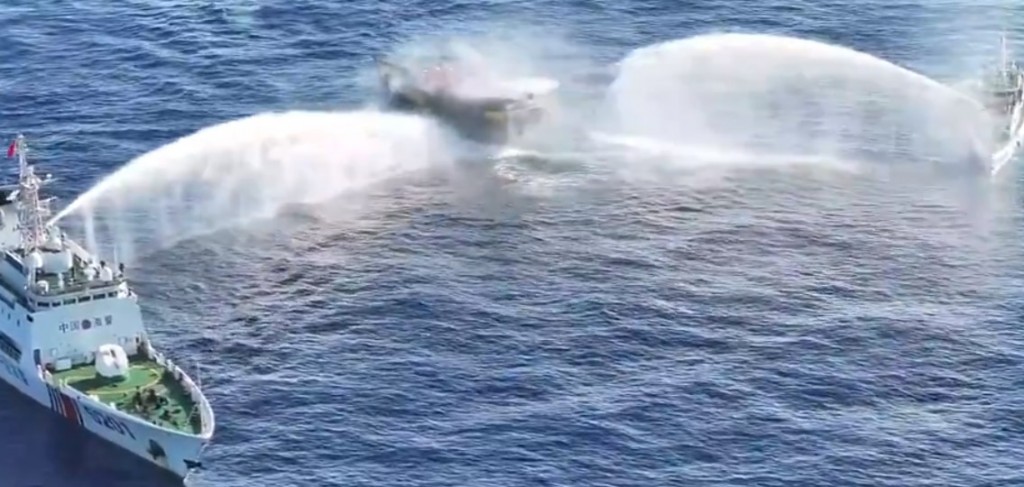
The author said a successful outcome in Vietnam would coerce other countries into relinquishing their claims on the islands and aligning themselves with China. Additionally, this victory would grant the Chinese Navy unrestricted passage into the Pacific Ocean.
China has presently started harassing the Philippines in the South China Sea, particularly around the Second Thomas Shoal. This submerged reef, among other land and maritime features in the Spratlys, forms a contentious backdrop for the ongoing territorial dispute.
The Philippines asserts control over nine outposts in the region, including the Second Thomas Shoal, where the BRP Sierra Madre, a grounded vessel housing Filipino soldiers, stands as a symbol of Manila’s sovereignty efforts.
Chinese boats have increasingly interfered with Philippine resupply missions to the BRP Sierra Madre intensified in the last seven months. These actions include ramming Philippine vessels and attacking them with water cannons.
Reconquest Southern Tibet (2035-2040)
In 1914, the McMahon Line was negotiated between the British and Chinese as part of the Simla Accord, establishing a legal border between China and India. This treaty also partitioned Tibet into “Inner” and “Outer” Tibet.
Despite Chinese objections to this line, as it would imply recognition of Tibet’s independence, it remained the de facto border between the two countries until the Sino-India War of 1962.
Following the 1962 war, the region previously known as the North-East Frontier Agency was rechristened Arunachal Pradesh. This area, in addition to being a point of contention, holds significant potential for hydropower development.
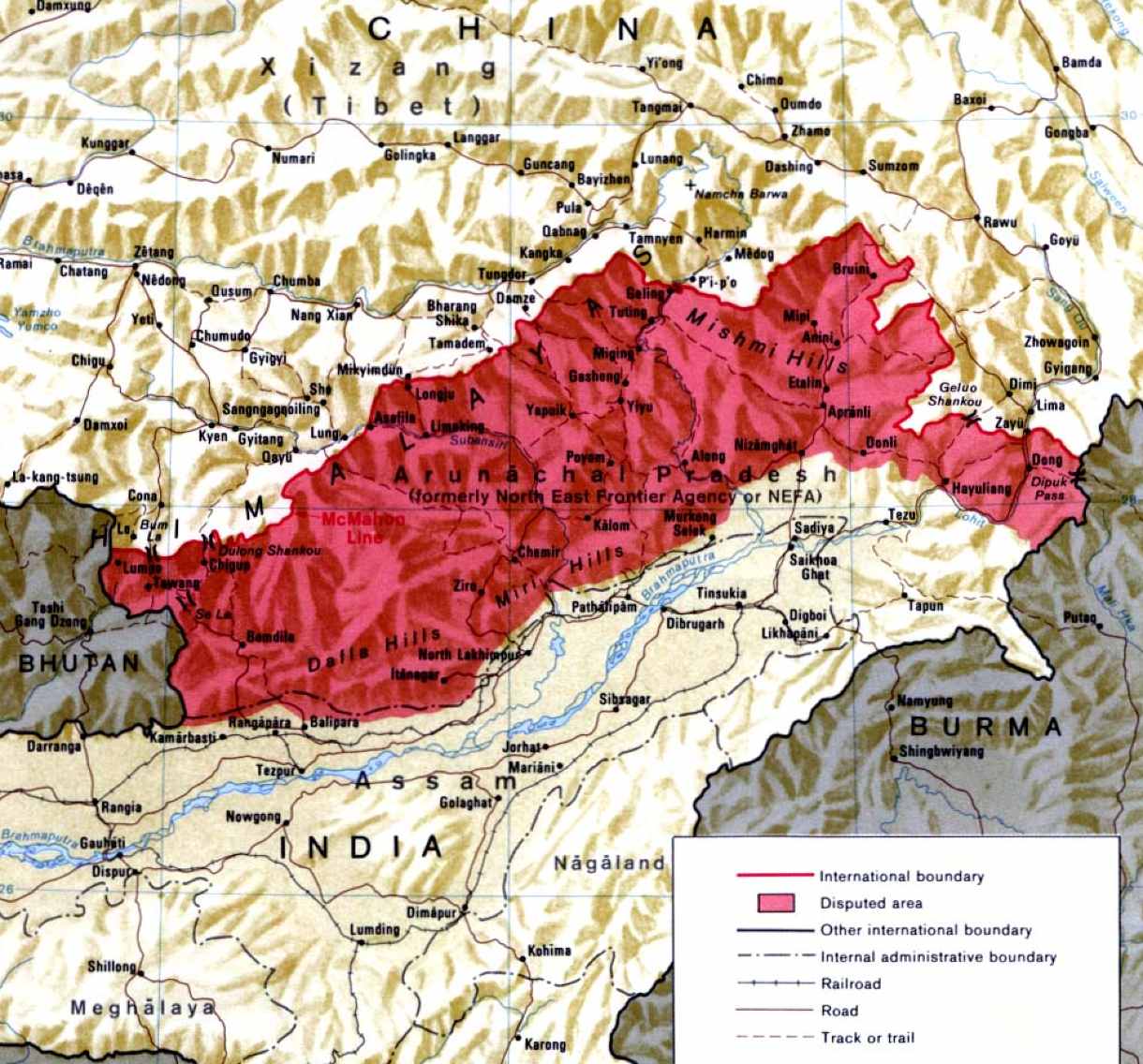
China was confident in its ability to overpower India and reclaim what it refers to as South Tibet through force. This strategy involves inciting disunity among Indian states, supporting Pakistan in reclaiming Kashmir, and launching a blitzkrieg into South Tibet.
The anticipated outcome, according to Chinese projections, would solidify China’s status as a global power alongside the US, Europe, and Russia.
In response to the Chinese article, retired Indian military officer Maj Gen P K Chakravorty emphasized the importance of swift action to address low-level insurgencies in parts of Northeast India in 2013.
This includes infrastructure development and economic integration, as well as improving relations with neighboring countries like Bangladesh. Additionally, modernizing the armed forces is crucial to deter Chinese aggression.
Chakravorty’s remarks underscore the necessity for India to prepare for potential conflicts on multiple fronts against China and Pakistan, with insurgencies adding another layer of complexity. Diplomatic maneuvers, regional cooperation, and military preparedness are essential elements in India’s strategy to navigate these geopolitical challenges.
Conquering Diaoyu & Ryukyu Islands (2040–2045)
By the mid-21st century, the author foresees China asserting its claim over two Japanese island chains, the Senkaku Islands, also known as the Diaoyu Islands in China, and Ryukyu, also known as the Nansei Islands.
The author accuses Japan of perpetuating misinformation by portraying the Ryukyu Islands as part of ancient Japanese territory. China contends that these island chains have ancient ties as vassal states to China but are presently under Japanese (and American, given the presence of the base in Okinawa) occupation.
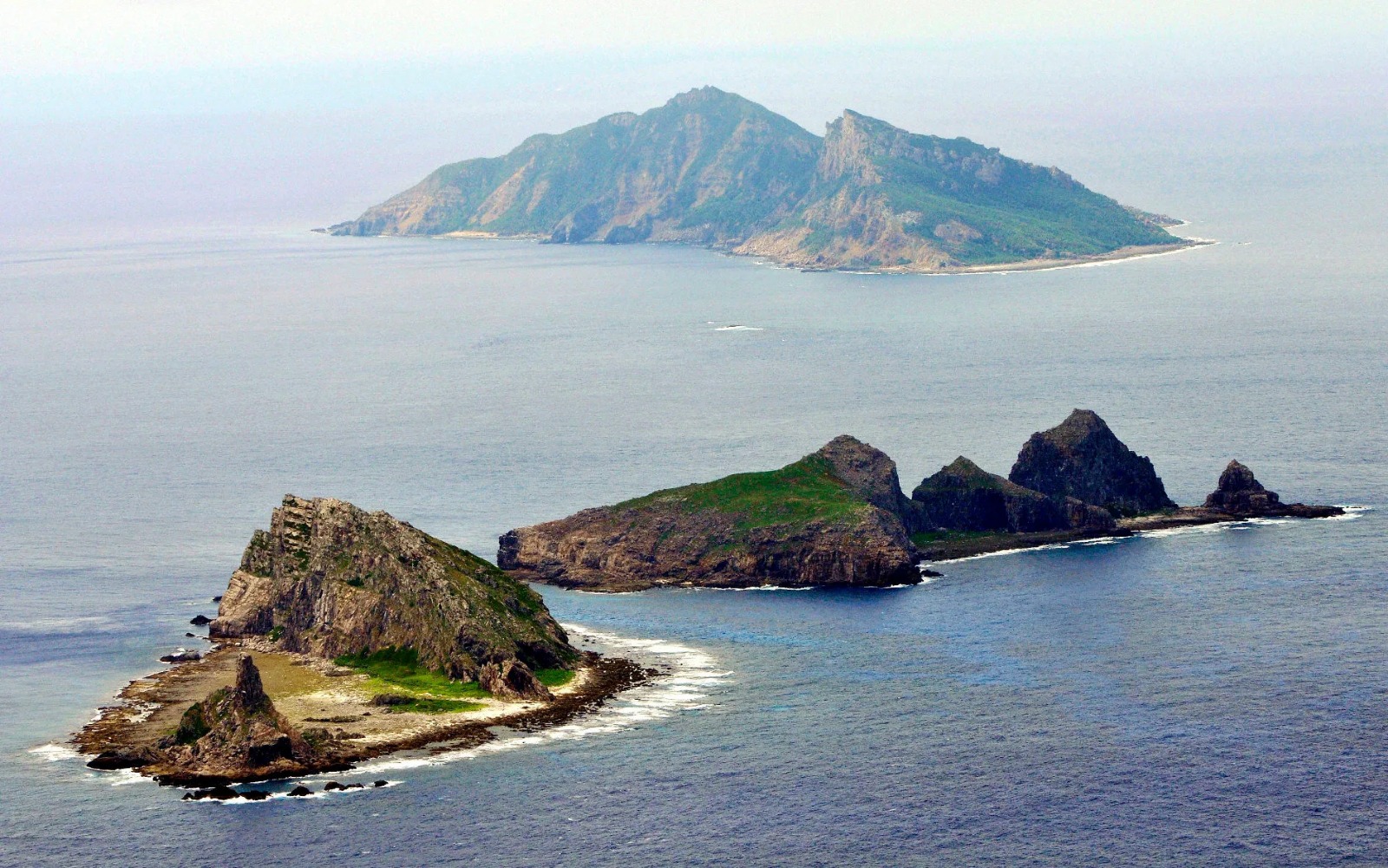
This narrative challenges Japan’s delineation of a “middle line” in the East China Sea and questions its legitimacy in the region. According to the author, Japan’s purported occupation of both the Diaoyu and Ryukyu Islands has been marked by the exploitation of their resources to China’s detriment.
With China’s burgeoning military capabilities and expanding global influence, the author predicts a proactive move to reclaim these islands. They anticipate that a weakened United States will throw its support behind Japan, albeit ineffectively.
Meanwhile, Europe and Russia are presumed to maintain a neutral stance. In this scenario, the author envisions a swift and decisive victory for China within six months, cementing its territorial claims and asserting dominance over the region.
The scenario predicted in 2013 continues to hold significant relevance today, as China perceives Japan as a formidable obstacle to its territorial ambitions. The strategic importance of Taiwan concerning Japan is also underscored by a training manual from the People’s Liberation Army (PLA) titled “Japanese Air Self-Defense Force.”
The manual leaves no room for ambiguity, emphasizing how Beijing views Taiwan’s reunification with mainland China as pivotal.
According to the manual, once Taiwan is integrated with mainland China, Japan’s maritime communication lines would fall entirely within striking range of China’s fighters and bombers. This shift in the strategic landscape would drastically impact Japan’s economic activity and military capabilities, potentially leading to severe consequences.
The manual suggests that China could employ blockades to disrupt sea shipments, reduce imports, and potentially cause famine in the Japanese islands. This assessment underscores China’s perception of Taiwan as a strategic asset in its efforts to neutralize perceived threats to its regional dominance, particularly from Japan.
The Invasion Of Mongolia (2045-2050)
Mongolia is next on the list of potential targets for China’s expansionist ambitions. The Chinese author asserted that Mongolia, referred to as “Outer Mongolia,” is an integral part of their territory, distinct from the Chinese province known as the Autonomous Region of “Inner Mongolia.”
Despite historical nuances, including periods of Chinese rule in the 1600s and Mongol dominance over China in ancient times, China maintains its territorial claim over Mongolia.
This historical backdrop sets the stage for China’s anticipated actions regarding Mongolia. Following their playbook observed in other territorial disputes, such as Taiwan, China is expected to assert its claim over Mongolia shortly after a potential invasion of Taiwan.
A key component of their strategy may involve offering the Mongolian people a referendum on unification with the People’s Republic of China.
The outcome of this referendum holds significant implications for Mongolia’s future trajectory. If the Mongolian populace opts for peace and chooses integration with China, it would signal a seismic shift in the regional geopolitical landscape.
On the other hand, a vote for war would likely prompt a military response from China. In preparation for such scenarios, the author said that the People’s Republic of China must prepare itself for military intervention and potential foreign opposition between 2045 and 2050.
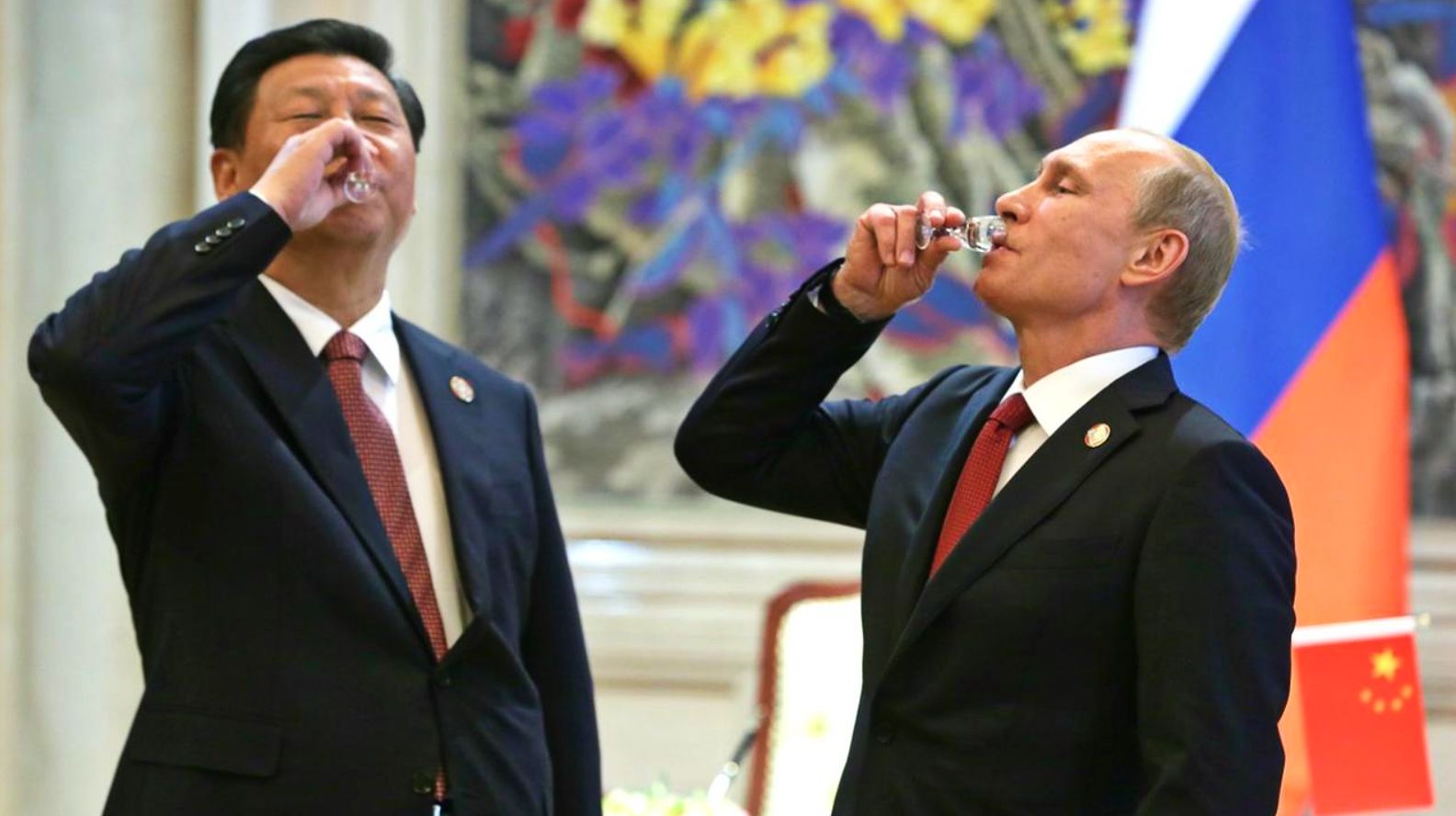
War With Russia (2055-2060)
The Chinese author extends their analysis to include Russia as a potential future target, despite the recent thaw in relations between the two countries since the Cold War era Sino-Soviet Split.
While diplomatic ties have improved, deep-seated mistrust persists, fueled by China’s perception that Russia occupies massive swathes of land that has historically belonged to China since the Qing Dynasty.
Looking ahead to around 2045, the Chinese author predicts a further decline in the Russian government’s strength and influence. They anticipate seizing this opportunity, particularly capitalizing on the seasoned experience of China’s military forces post-five wars.
The author asserts the inevitability of conflict with Russia, emphasizing preparedness to resort to nuclear weapons if necessary, especially to neutralize Russia’s nuclear arsenal through a preemptive strike.
They anticipate that once Russian nuclear assets are neutralized, Russia will concede and relinquish the disputed territories to China.
While the Russian military has seen its power decrease due to its involvement in conflicts like the Ukraine war, its alignment with China has strengthened notably. However, the realization of such a scenario remains uncertain, dependent on numerous geopolitical factors and the evolving dynamics between China and Russia in the coming years.
- Contact the author at ashishmichel(at)gmail.com
- Follow EurAsian Times on Google News
- Editors Note: Additions to the story with modified headlines




